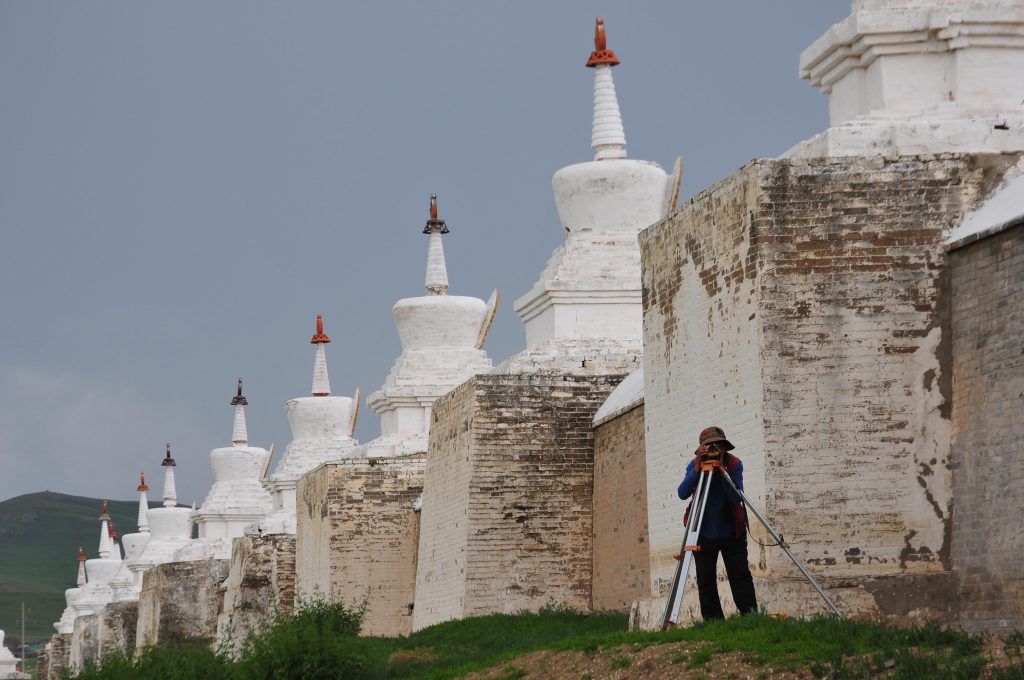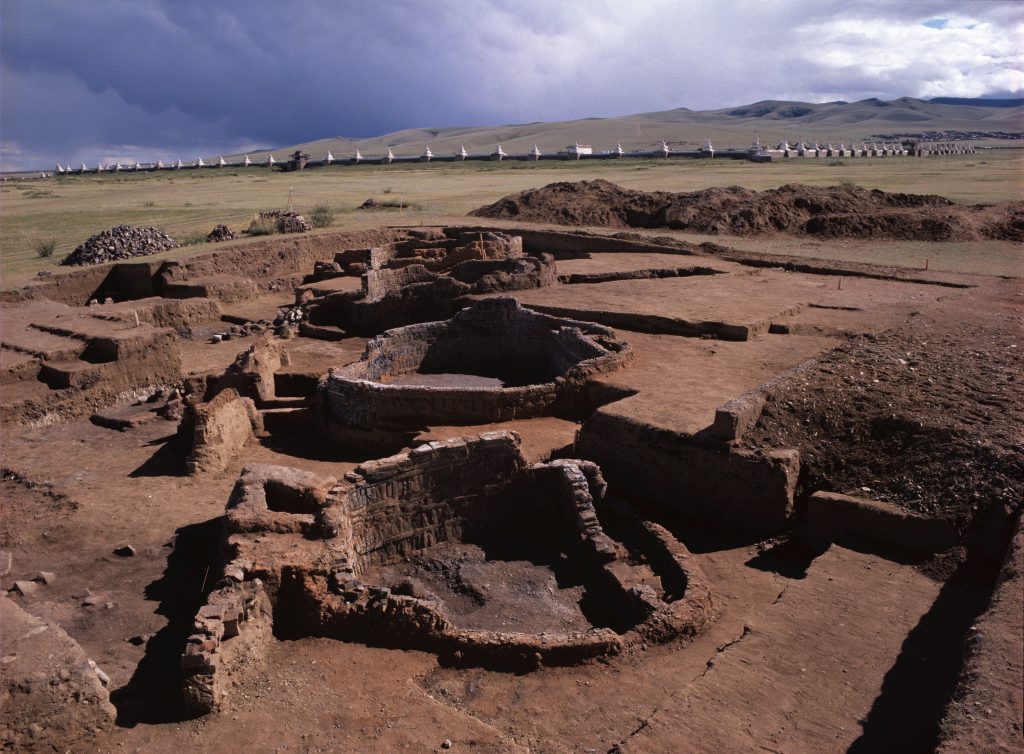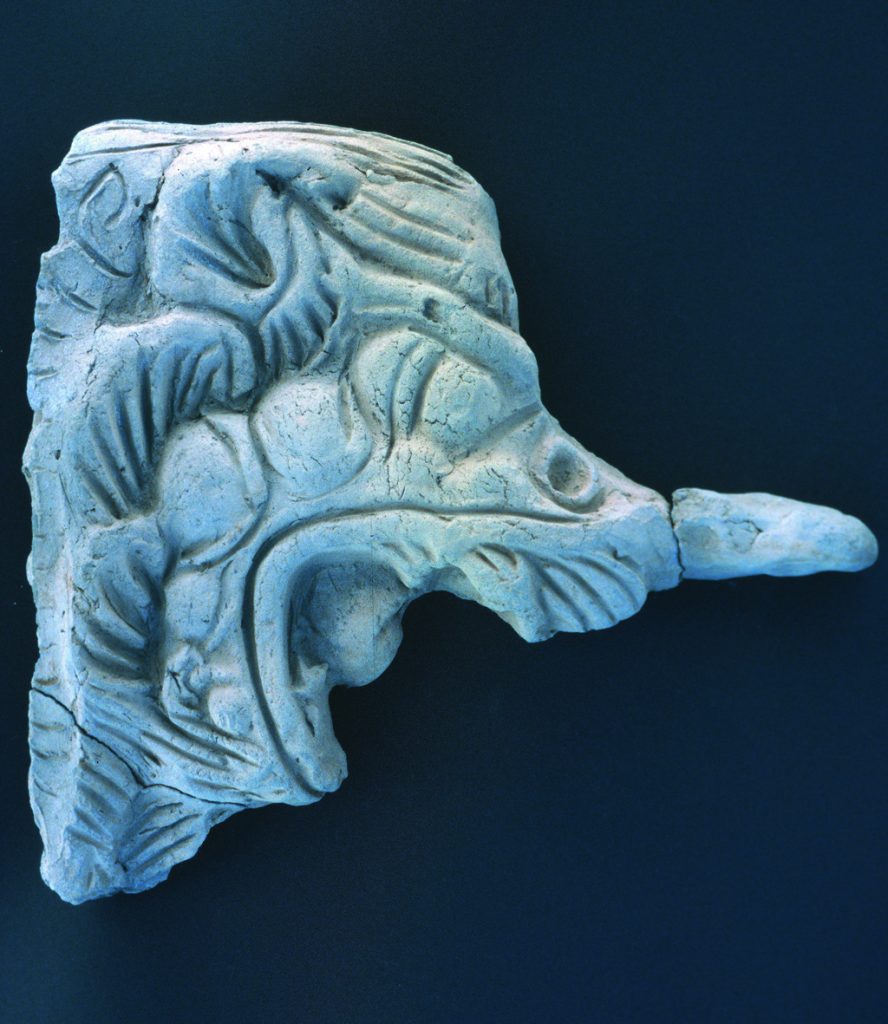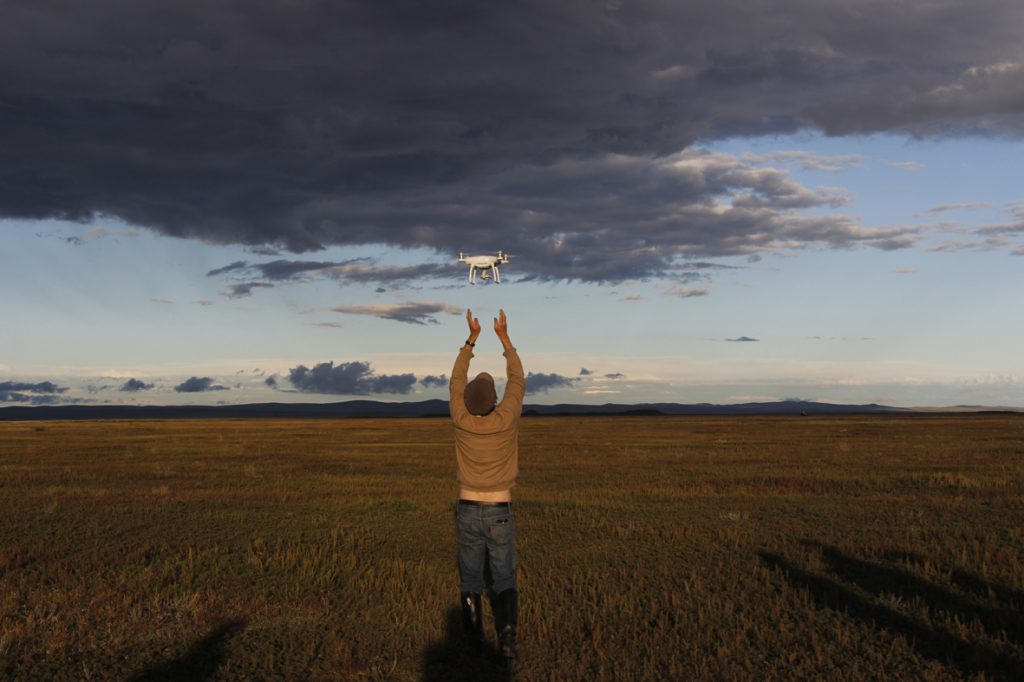Since 1999 the DAI and the University of Bonn have been carrying out research at Karakorum, the ancient Mongol capital, in the framework of the Mongolian-German Karakorum Expedition. The city at the foot of the Khangai mountains was founded by Genghis Khan in 1220, and was enlarged as the capital of the Mongol Empire by his son Ögedei Khan (1229-1241), during which time it covered an area of 1.8km².

The excavations have fundamentally changed our picture of Karakorum and unearthed a wealth of finds. Investigations at the palace complex on what is now the grounds of the Buddhist monastery Erdene Zuu exposed sections of a large gateway that originally controlled entry to the palace city.
Near the building site for the
erection of the 13th century Buddhist temple of Karakorum were kilns in which
the building material was fired. In them, roof tiles and masonry bricks have
been found as well as the remains of elaborate architectural terracottas shaped
like dragon heads, which were probably affixed in the roof area.
A few weeks ago the complex was newly documented using Structure from Motion
photogrammetry with data from drones.

Near the building site for the erection of the 13th century Buddhist temple of Karakorum were kilns in which the building material was fired (Poto: H. Wittersheim, DAI KAAK) 
Head of a dragon-lion, probably mounted on the roof of the palace (Photo: H. Wittersheim, DAI KAAK) 
Drone imagery from 2018 (Photo: DAI)